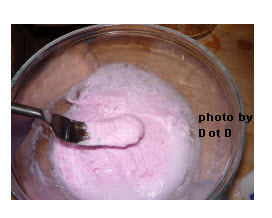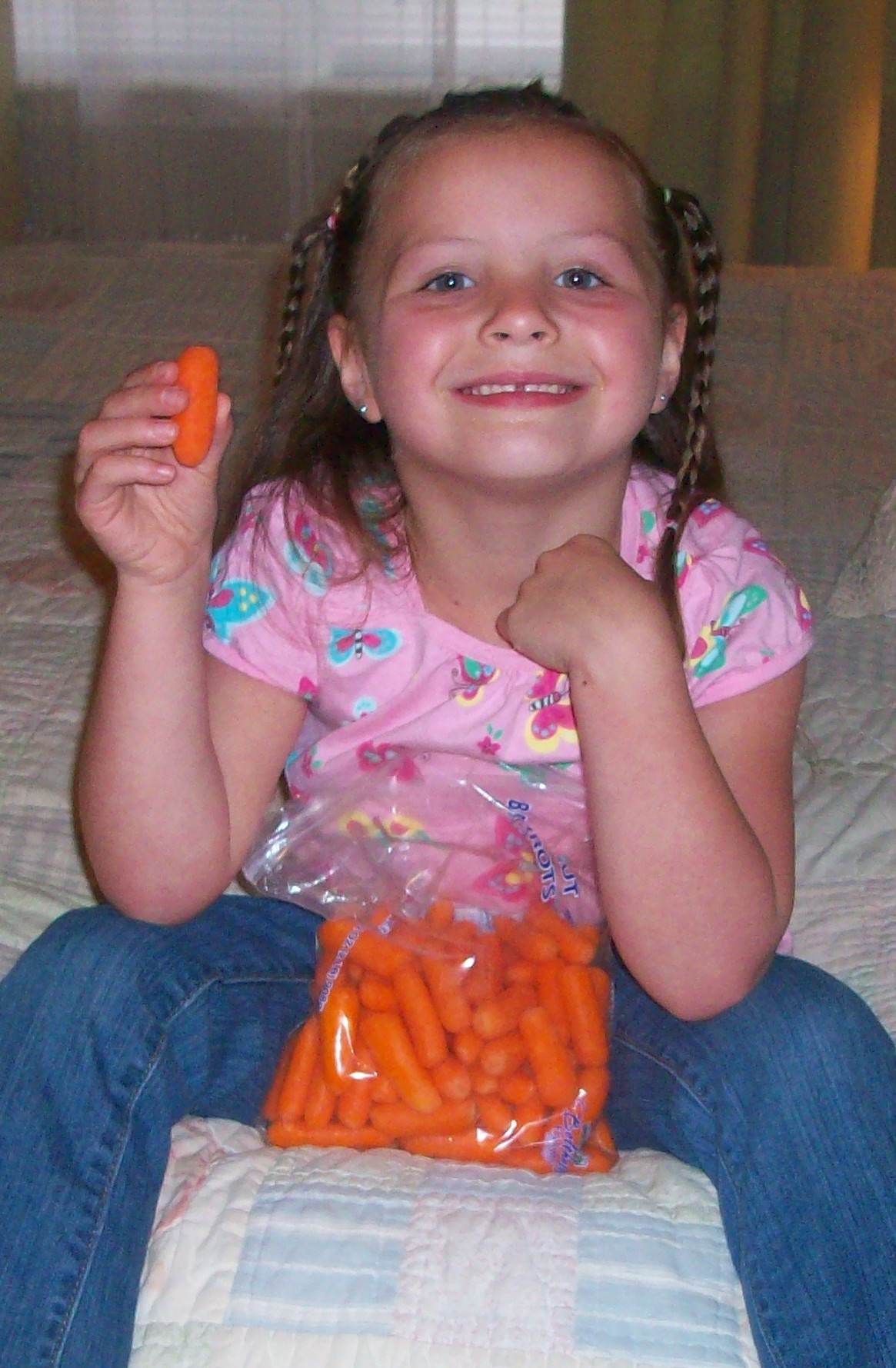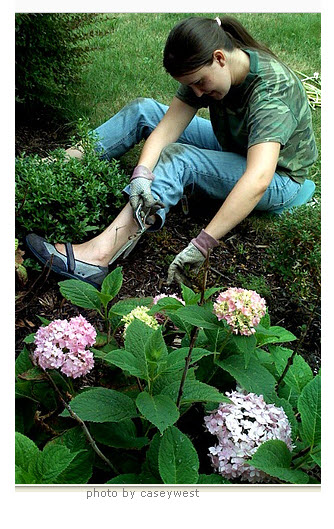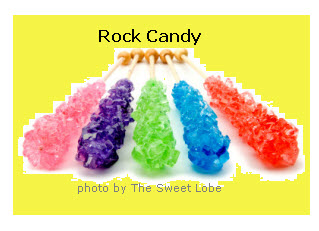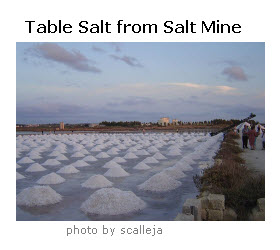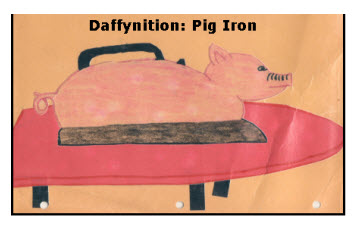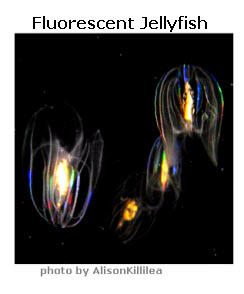Slime is an all time favorite with kids, so I have created a step by step process for a slime science fair project. The photo shows pink slime that was colored with food coloring, but I wonder how colored or even glitter glue would affect the properties of slime. UUM! Sounds like a fun thing […]
Archives for 2010
Fruit vs. Vegetable
What is the difference between a fruit and a vegetable? Parts of a flower develop into a fruit. Seeds develop inside of fruit. For example, an avocado is a fruit with a very large seed inside. Vegetables are any other part of a plant. For example, lettuce is a leaf. People eat different parts of plants. […]
Science Fair Projects: Plants
Gardening Tip: Newspaper keeps weeds away I’ve read this tip before but have never tested to see if it is true. Wet newspaper is suppose to be put in layers around the plant. Then the newspaper is covered with dirt. The newspaper is suppose to act as a barrier to weeds. You could use this […]
Biology: Fruit Ripening
Bananas grow in bunches. Like other fruit, ethylene gas produced by ripening bananas speeds up the ripening process. I read that leaving bananas attached to their stem speeds up their ripening process. Is this really true? How could you find out? This would make a great science project. Just make sure that all the bananas […]
Log Book and Topic
Science Log Book Question: Help! I need to know what a science fair log book? Answer: This question as well as others that I receive about science fair project has a desperate sound to it. A log book is a science diary with information about your project from start to finish. A binder with dividers […]
Science Fair Projects: Rock Candy
I want to do a science fair project about rock candy. How do I get started? Answer: There are FOUR basic steps for starting any science fair project. Step 1. Select a topic: Step 2. Find a Descriptive Experiment about the Topic: A descriptive experiment is an exploratory experiment which give instructions for investigating something […]
Table Salts
The term salt in reference to seasoning of food mainly refers to sodium chloride or more commonly called table salt. There are two sources of table salt: 1. Mined Salt This salt is harvested by forcing water into a mine to create brine (salt/water mix). The brine is then evaporated leaving cubes of salt. Mined salt […]
Teaching Tips: Daffynitions
I am such a pack-rat. When I do get into a cleaning mode I tend not to throw anything away. Instead, I just put it into another box labeled–File These. Basically I am transferring paper from an box with an old ” FILE THESE” label to a new box with a nice fresh FILE THESE […]
Green Fluorescent Protein
I seem to be a bit behind in learning about fluorescent animals. Yes, I knew that jellyfish and other sea organisms can glow, but a green fluorescent pig, a potato plant that glows green when it needs water, and red fluorescent kittens!!! Yikes! I would very much like to have plants that glowed when I […]
Physics: Friction
The Italian scientist Galileo Galilei (1564-1642) reasoned that things eventually stop because of a retarding force. He thought that without this force, objects just kept on doing whatever they were doing. In other words, if an object is moving, it would keep on moving. Unlike most scientists of his day, Galileo based his conclusions on […]
